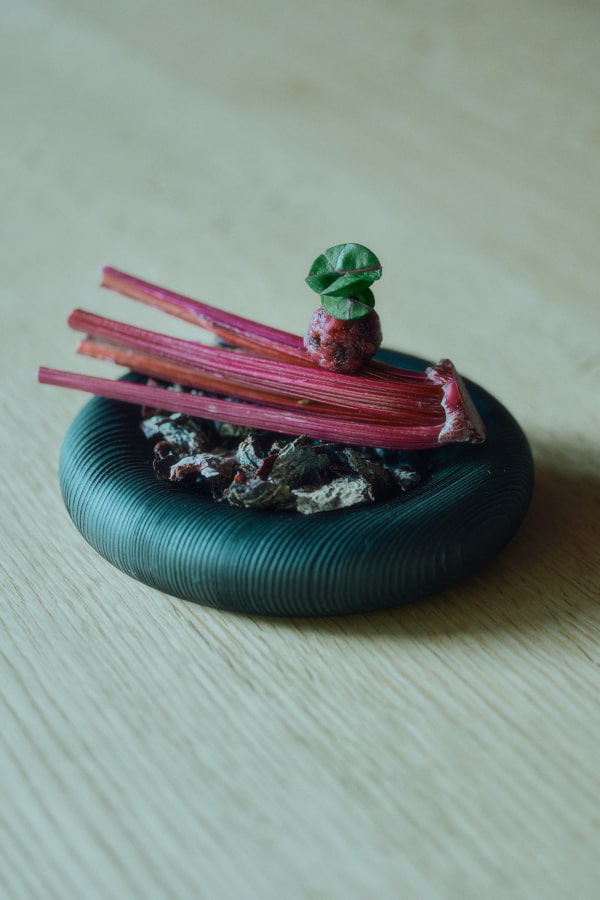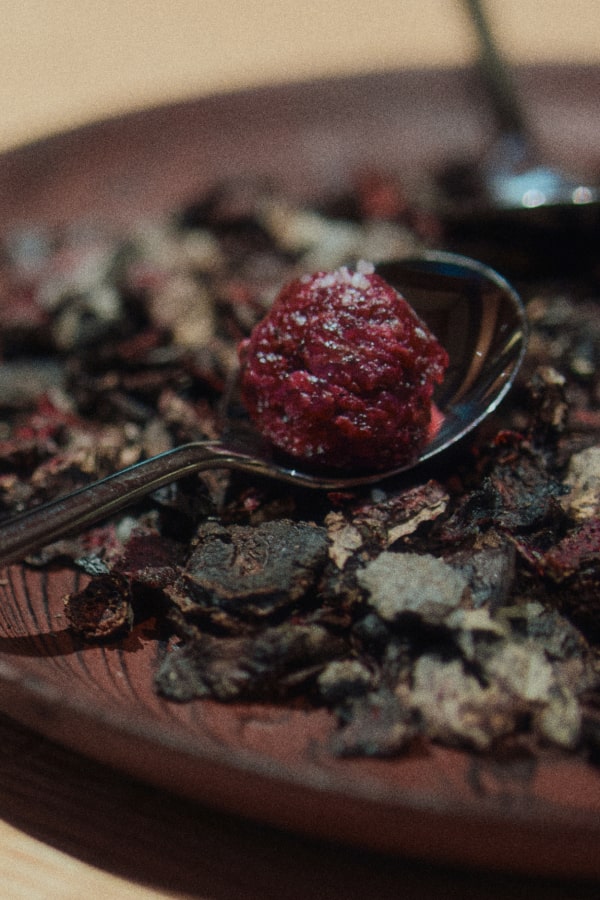“ C u i s i n e d u B a s s i n ”
Tenkawa Village, where SÉN is located, is situated at the head of the 183-km-long Kumano River basin.
This area is called Okuyoshino, and is in central Nara Prefecture. Surrounded by the Omine mountain range, including Hachikyogadake (1,915 m), the highest peak in the Kinki region, the village is where the line between nature and human life intertwines.
In this area, where Shugendo pilgrimages and forestry were thriving, faith and culture cultivated along the river.
Cedar trees were carried to the sea on rafts, while salty dried fish and fermented sushi were brought back on foot. Mountain priests foraged wild mountain edibles to help them endure the rigors of ascetic training.
People have nurtured their culture by understanding the natural surroundings of the river.
Cooking here, at the source of the river which flows to the ocean, is at the heart of sustainability - a true way of local production for local consumption that preserves the natural environment and food culture.
SÉN is consistently searching for dishes that truly reflect Tenkawa Village's “watershed cuisine."
SÉNがある天川村は、全長183kmにおよぶ熊野川流域の最上流に位置しています。
ここは奥吉野と呼ばれる地域で、奈良県の真ん中あたり、周りを近畿最高峰八経ヶ岳(1,915m)をはじめとした大峰山系の山々に囲まれた、自然と人の生活の境界線が薄い村です。
修験道の参詣と林業が盛んだったこの地域では、信仰や文化が川に沿って往来していきました。
いかだで杉を海まで運び、徒歩で持ち帰った塩辛い魚の干物や発酵させた熟鮓。山伏たちが厳しい修行を耐え抜くために見つけた栄養価の高い山の恵。
人々は自らの足で、五感で、体感的に地形を理解し、足りないものを川を通じて交換し合いながら文化を育んできたのです。
源流地であるこの場所で、水脈で繋がった海までを想い料理すること。それは本当の意味で土地を知ること、持続的な自然環境と食文化を守る地産地消の在り方であると考えます。
私はこれに「流域料理」と名付け、天川村でしか表現できない料理を日々探求しています。





























